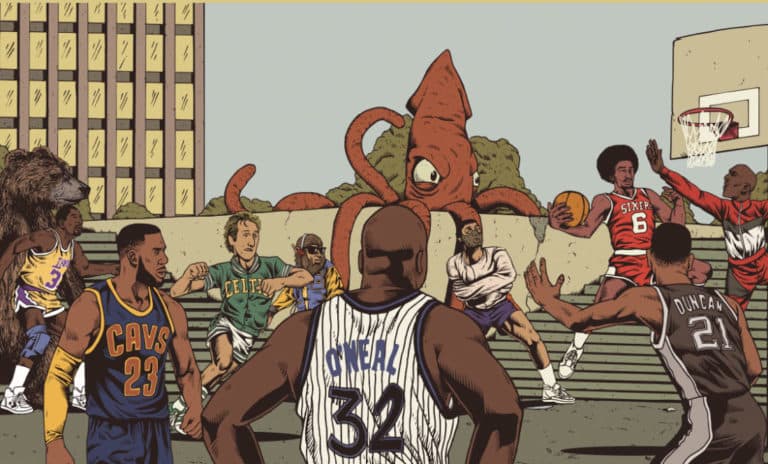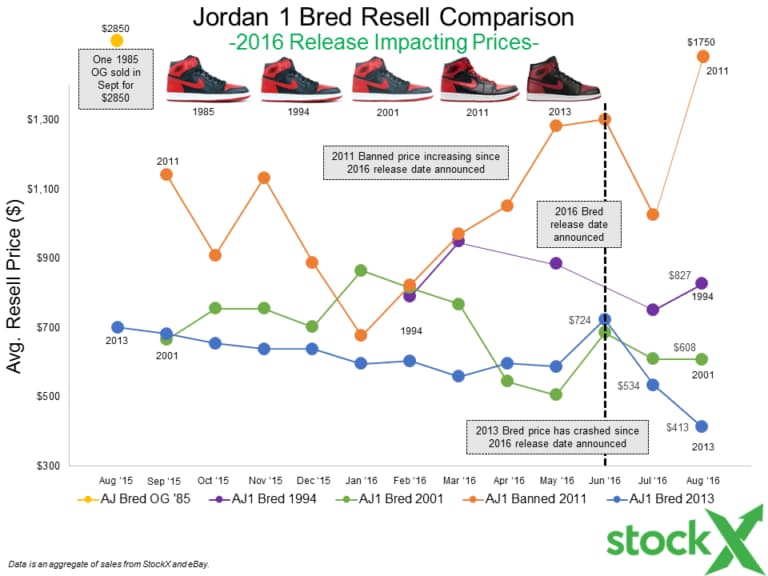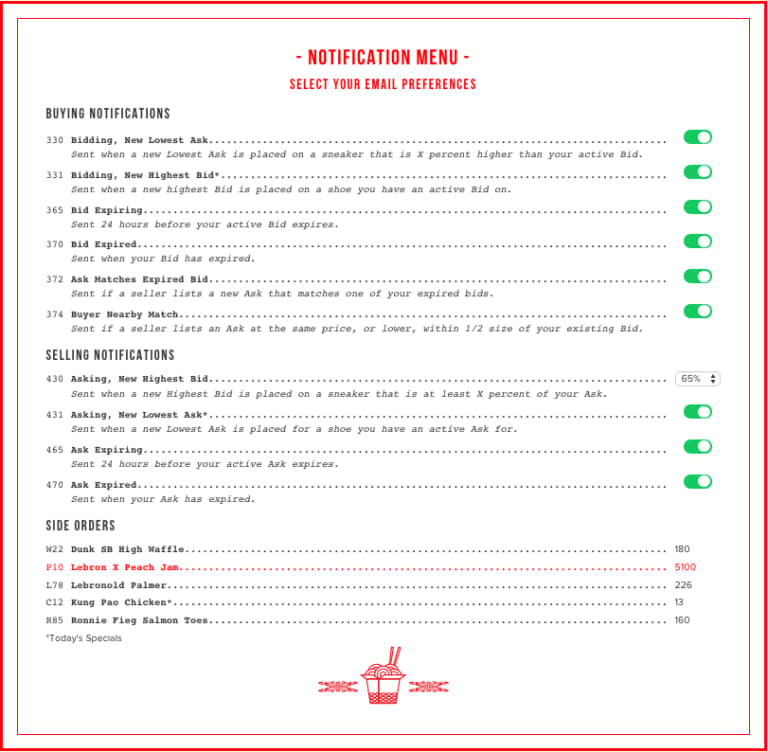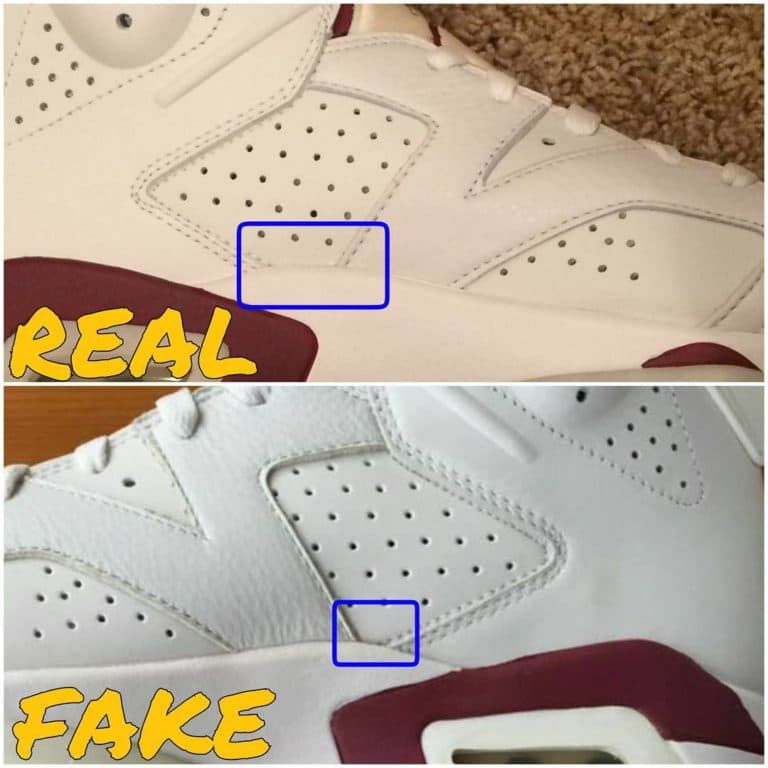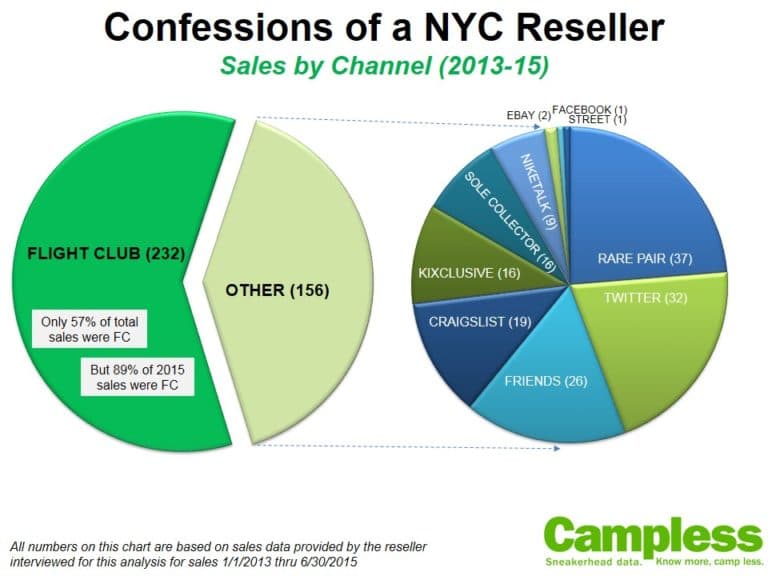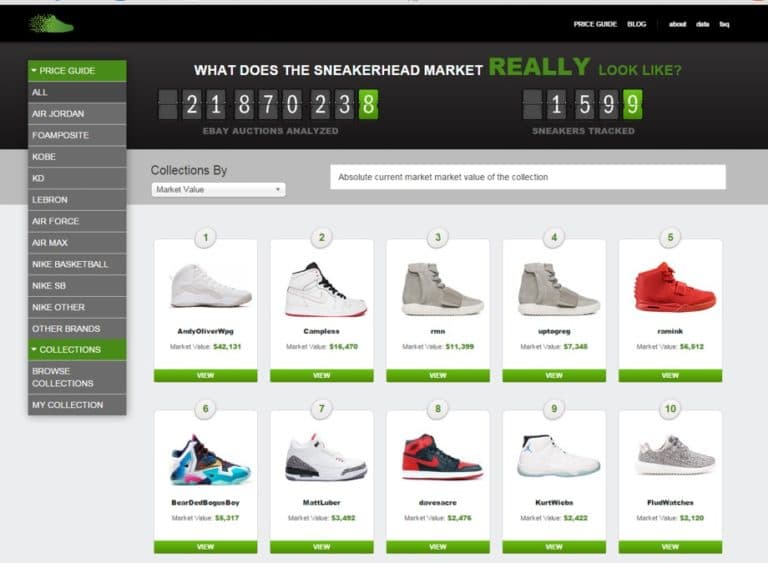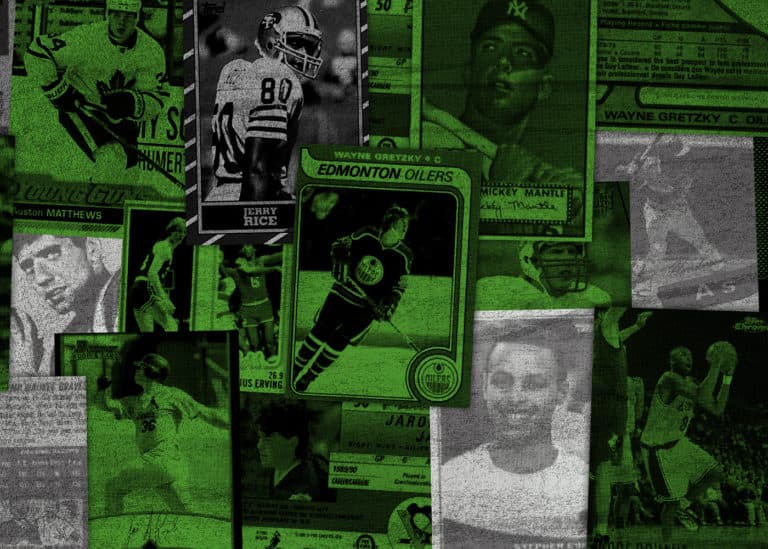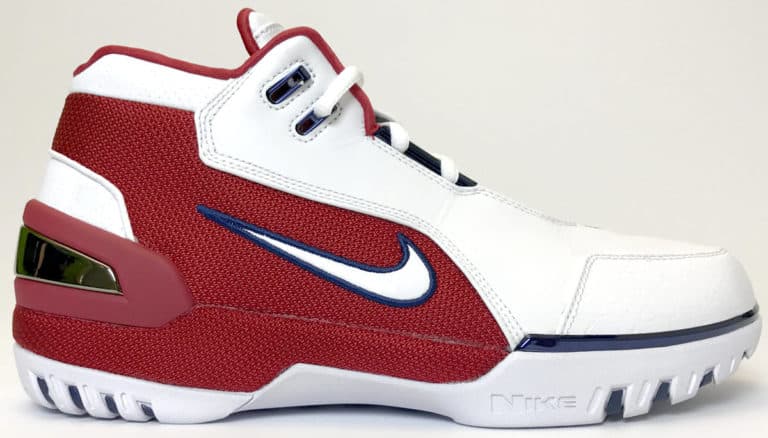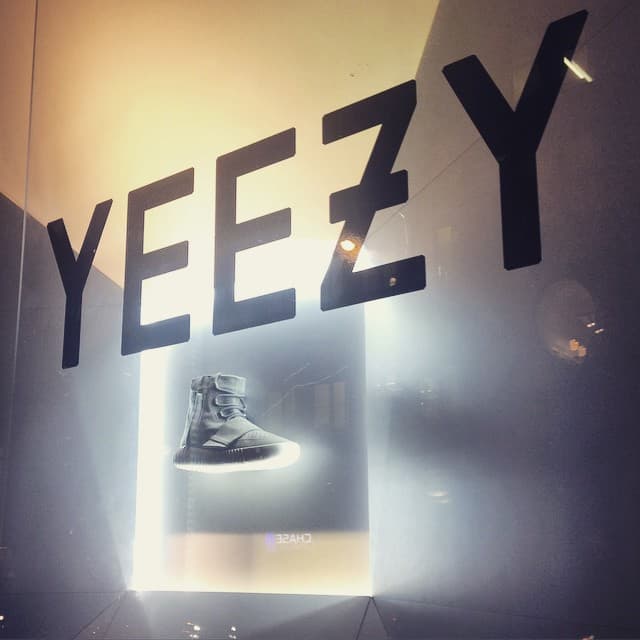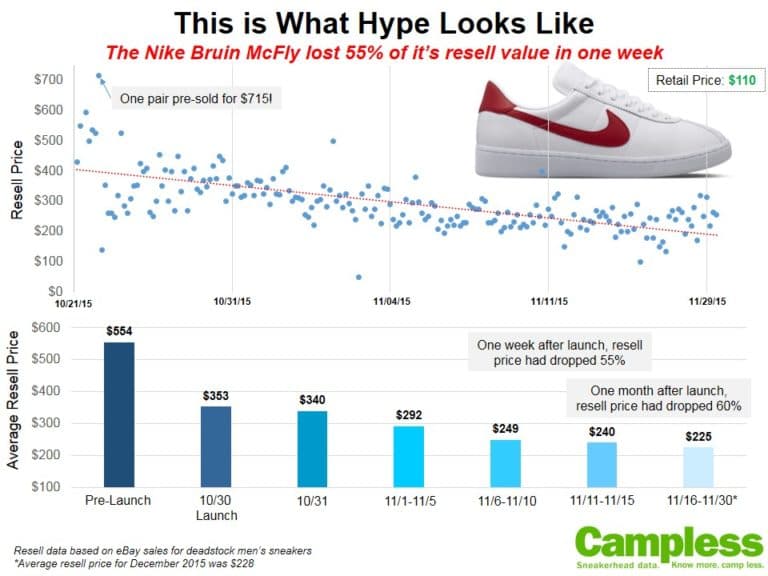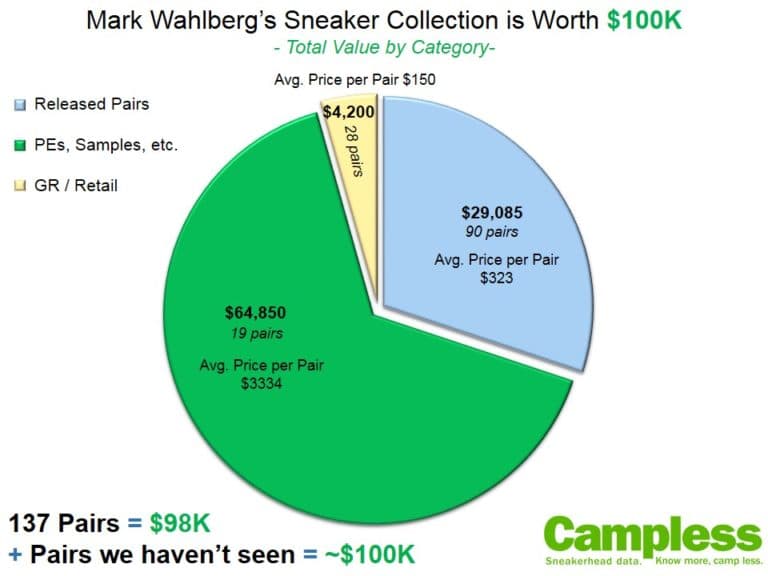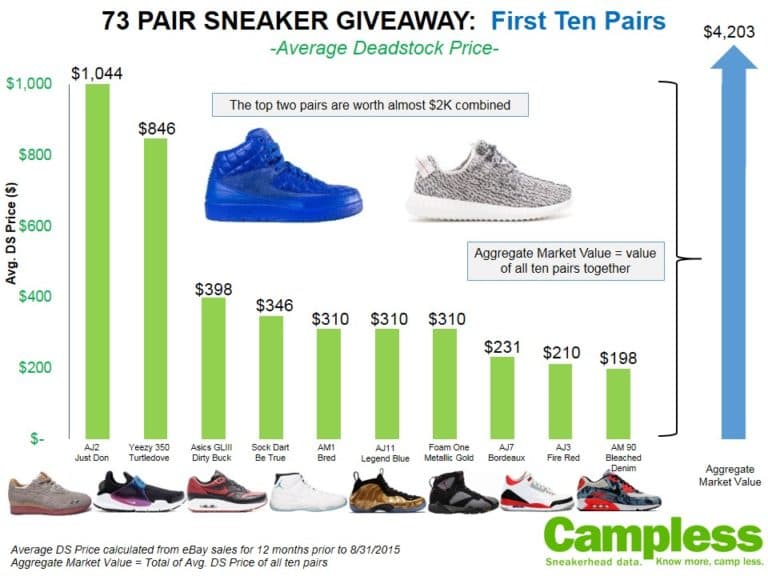A few weeks ago we published a simple post listing the average resell price and sales volume for all Air Jordan 3s.
For example, the 29 DS pairs of the AJ3 Mocha were sold on eBay in the past year for an average price of $314.
The following are two different views of the same data – eBay auctions over a one year period (Sept. 2012 – Aug. 2013) for all Air Jordan 3s that Campless currently tracks. Note, we do not yet track the OG versions from 1988 or any of the new Fire Red retros.
The blue bars on the above chart show total eBay revenue from the sale of Air Jordan 3s – both deadstock and used. Revenue aligns with the axis on the left side of the chart, which maxes at $900k. The red line which cuts across the chart shows the total number of pairs sold – both deadstock and used – and is aligned to the axis on the right hand side, which maxes at 4000 pairs.
As a general rule, if the blue bar is higher than the red line, that sneaker earned more money per pair than those where the blue bar is lower than the red line. For example, it is not surprising that the AJ3 Doernbecher blue bar (indicating approx. $300k sales revenue) is way higher than the red line (indicating about 600 pairs sold). On the other hand, the Crimson shows the opposite pattern – red line higher than blue bar. This makes total sense because we all know the DBs sell for more than the Crimsons.
While the first chart showed total sales revenue and volume for all AJ3s, this is a view of just sales revenue, but broken down by cost and profit, and for only deadstock pairs. We’ve assumed that the retail price for each sneaker is the seller’s cost and any sales revenue in excess of the retail price is the profit. The bottom section, the blue, depicts the portion of total sales revenue attributed to cost. The top section, the green, shows profit.
Let’s look at the DBs vs the Jokers this time. The total height of each sneakers’ bar is almost identical, meaning they had about the same amount of eBay sales revenue (DS). However, as expected, the Doernbecher bar has significantly more green than the Joker bar – meaning that there was a lot more money to be made by selling DBs than Jokers.
These are just a few simple examples of the many insights we can discover when we look at sneakerhead data in this form.
What do these charts tell you? Anything surprising?






